Graduates were double whammied on their study debt ANZAC eve. HELP debts are set to increase by 4.7 per cent according to the indexation formula, which includes the 1 per cent CPI hike in the March Quarter. In part that was due to a 6.5 per cent increase in tertiary education costs.
The imminence of the extra impost probably had something to do with the Prime Minister all-but-announcing changes to what he insists on calling HECs last week. The policy options are not all obvious, but the learned Andrew Norton suggests a new indexation rate should be the lower of CPI or a 4 per cent cap.
Something needs be done, for two different political reasons. One is nearly 3 million voters have study debt and the government needs to be seen to be doing something. The Greens think all public tertiary education should be free and the independent member for Kooyong, Monique Ryan, has 260,000 signatures on her petition for a change in indexation, based on the indisputable premise that increases makes study debt harder to pay off.
Last year, when inflation made indexation rates an issue, the Government batted it away by pointing to the genius of the income contingent loan system and how it expanded HE access without slugging taxpayers. The party line was backed by Universities Australia. In March ‘23, then CEO Catriona Jackson was acknowledging the system could be adjusted “so that it’s not putting too much pressure on students too early” but she was clear that HELP had to stay. “Free means paid for by the taxpayer. It doesn’t come out of nowhere. It’s got to get funded from somewhere. If you think about that really clearly, paid for by the taxpayer means that everyone in the community is subsidising a system.”
Perhaps the Government and HE establishment assumed that inflation would pass, but it hasn’t, which makes study debt a timing problem. Last week the Prime Minister responded to a media question about what people still insist on calling HECS repayments, “up near like credit card rates” The system “could be simpler and fairer,” he said.
And it has to change fast, perhaps giving the Government something immediate to announce in a pre-Budget response to the Accord, timed to reduce expectations of more money for universities. It would be backed by university lobbies who would rather complain about funding but will not dare.
Universities Australia chief Luke Sheehy made the graduate-friendly case on Wednesday, “we recognise young people are facing increasing cost-of-living pressures and have called for targeted support for students in the May Budget. Changes to make HELP simpler and fairer would make a big difference to people’s lives.”
Smart move, if only to stop people questioning whether study debt makes degrees a bad deal. Certainly course costs do not deter undergraduates – demand for law, business and humanities degrees have not collapsed since the coalition’s Job Ready Graduates package set study costs, $16,200 per annum next year, at four times what nursing and teaching students will pay.
But entering the fulltime workforce and facing decades of study loan repayments on top of tax clears minds. The risk for universities is a debate on whether degrees are value for money in the long term. Young people are already asking this and many are deciding they aren’t, if WA and Queensland university 2023 annual reports are any indication, starting enrolments are done across the country. Domestic enrolment decline is currently attributed to a strong employment market, but universities cannot afford a focus on return on educational investment, especially if it extends to what they charge and what they deliver.

